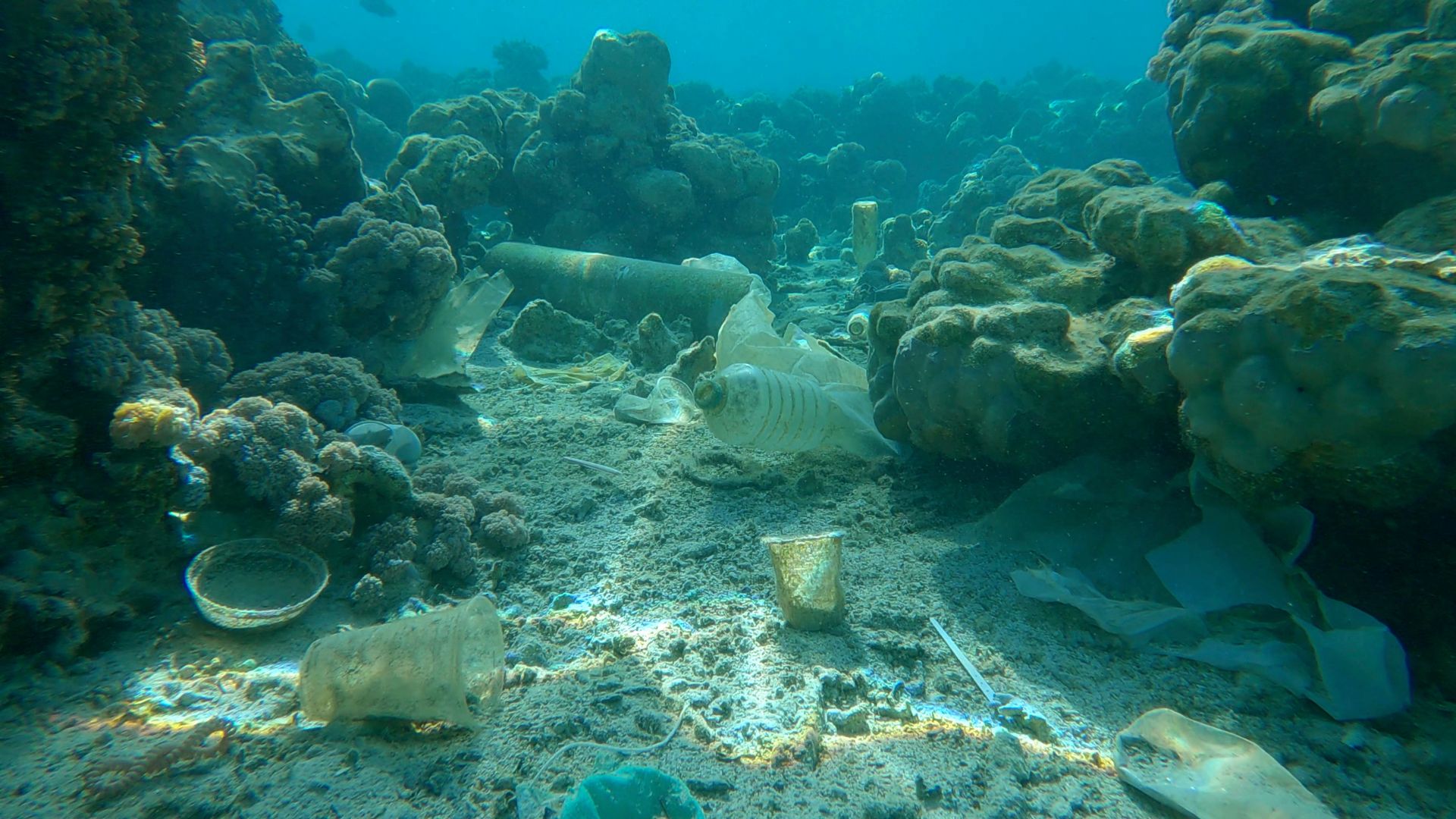A Japanese research team has demonstrated that a novel microbial polyester called poly(D‑lactate‑co‑3‑hydroxybutyrate), or LAHB, can biodegrade on the deep‑sea floor while conventional bio‑based plastics remain stubbornly intact.
In tests 855 meters below the surface, LAHB films lost over 80 percent of their mass in just 13 months, raising hopes for plastic alternatives that will not linger for decades in the ocean’s most remote environments.
Deep‑sea trial confirms rapid decay
Scientists submerged two film types to test LAHB’s resilience in one of Earth’s harshest habitats. One has roughly 6 percent lactic acid (P6LAHB) and another 13 percent (P13LAHB) near Hatsushima Island, Japan. A standard polylactide (PLA) film, widely used in consumer packaging, served as a control. Temperatures hovered around 3.6 °C, with high salinity, low oxygen, and crushing pressure usually hostile to microbial activity.
After seven months, the higher‑lactate P13LAHB sample had already shed 30.9 percent of its weight. By month thirteen, both LAHB variants had lost more than four‑fifths of their original mass, their surfaces cracked and covered with microbial biofilms. The PLA film, by contrast, emerged unscathed, showing no weight loss, surface pitting, or microbial colonization.
“Our study demonstrates for the first time that LAHB, a microbial lactate‑based polyester, undergoes active biodegradation and complete mineralization even on the deep‑sea floor, where conventional PLA remains completely non‑degradable,” explains Prof. Seiichi Taguchi of Shinshu University’s Institute for Aqua Regeneration, who led the work with colleagues from JAMSTEC and Gunma University.
Microbial teamwork drives breakdown
Genetic and biochemical analyses revealed a division of labor among the microorganisms clinging to LAHB. Dominant Gammaproteobacteria, including genera such as Colwellia, Pseudoteredinibacter, Agarilytica, and UBA7957, secreted extracellular depolymerase enzymes that clipped LAHB’s long polymer chains into smaller dimers and trimers.
Certain species, notably UBA7959, produced additional oligomer hydrolases that split those fragments into single building blocks like 3‑hydroxybutyrate (3HB) and lactate.
Once freed, these monomers became food for other community members, including Alpha‑proteobacteria and Desulfobacterota, which metabolized the compounds into carbon dioxide, water, and salts. Together, the consortium accomplished what few plastics achieve at such depth: near‑total mineralization without leaving microplastic debris.
A step toward ocean‑safe materials
Plastic pollution is projected to climb well beyond the 353 million metric tons generated in 2019, and roughly 1.7 million tons leak into aquatic ecosystems yearly. Because currents corral floating waste into vast “garbage patches,” scientists have searched for polymers that truly disappear in marine settings. LAHB’s success in cold, nutrient‑poor waters suggests it could help close that gap.
“This research addresses one of the most critical limitations of current bioplastics—their lack of biodegradability in marine environments. By showing that LAHB can decompose and mineralize even in deep‑sea conditions, the study provides safer alternatives to conventional plastics and supports the transition to a circular bioeconomy,” says Prof. Taguchi.
The findings appear online in Polymer Degradation and Stability and will be published in the journal’s October 1, 2025, print edition (Volume 240). If produced at scale, consumer goods made from the material could one day reduce the persistent plastic load accumulating in the world’s oceans. A small but vital victory in the broader fight against marine pollution.
